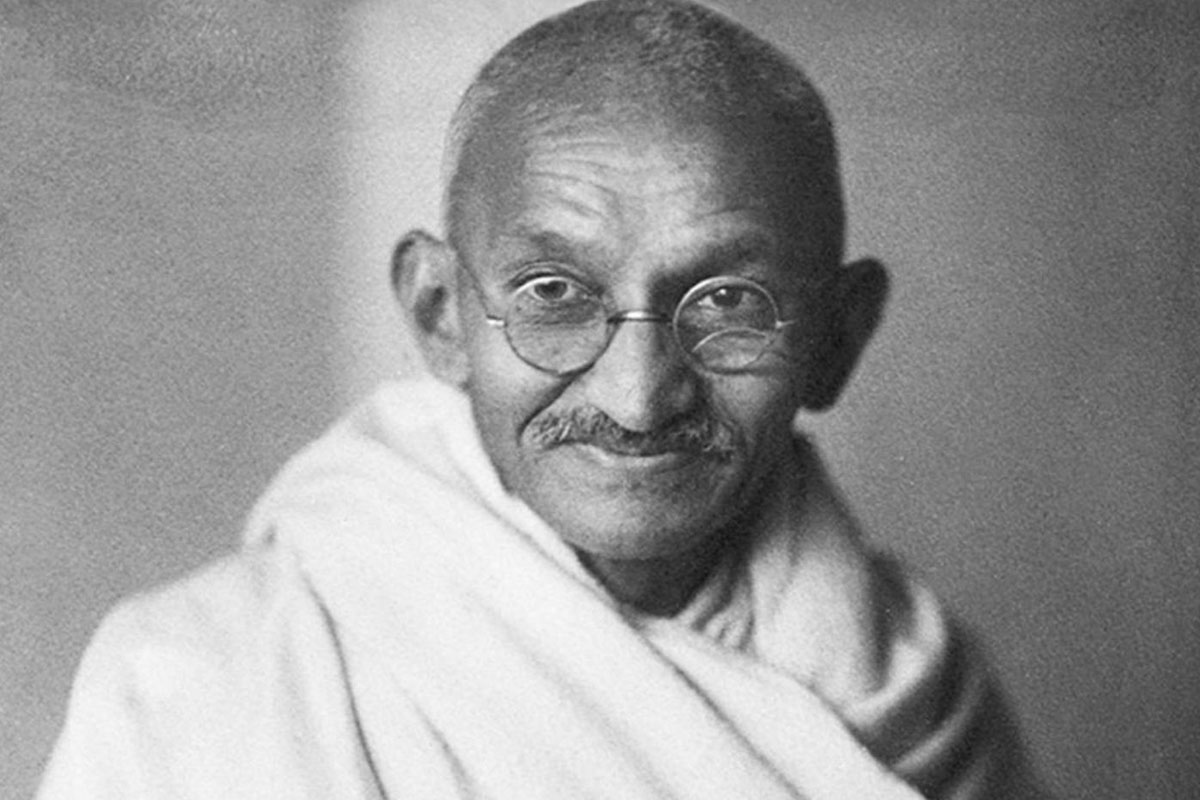Monday’s OPD
Nobody knows where to go next. If a security guard starts reading one slip, four to five more patients come with their slips. And then there is no end.
The book analyses 100 years of Hindi cinema to explore how much space it has given to Mahatma Gandhi.

Scores of films have been made on Gandhian principles over the last several decades in India. Many of these films have done well commercially besides leaving an imprint on people’s minds. But there lies a paradox.
In real life, Mohandas Karamchand Gandhi’s values and ideals seem to have been relegated to the margins in the country despite him being dubbed the “father of the nation”.
Advertisement
But, in reel life, Gandhi and his message have had a striking, enduring presence, whether invoked overtly or just assimilated into the narrative on celluloid. In recent years, a film “Lage Raho Munnabhai”, which introduced “Gandhigiri” to a younger generation of audience, proved to be a huge box office hit.
Advertisement
All these films celebrated Mahatma, but the fascinating irony is that Gandhi himself was not a fan of cinema.
In fact, he had contempt for cinema and its “corrupting influence”, refusing to endorse it even for the educational purpose. He considered the medium of cinema as a “waste of time and resources”.
This is mentioned in a compelling new book “Mahatma Gandhi in Cinema” by journalist-turned-professor Narendra Kaushik.
It states that when T Rangachariar, the then chairman of the Cinematograph Committee, put a questionnaire before him to know his views on movies in 1937, Gandhi described cinema as a “sinful technology”.
The book analyses 100 years of Hindi cinema to explore how much space it has given to Mahatma Gandhi — one of the most inspiring and shining cultural symbols in history, who shaped and spearheaded India’s freedom struggle.
The book says that Mahatma’s principles found more resonance among the public in the 1940s, 1950s, and 1960s and that it exited the silver screen after the arrival of superstars Rajesh Khanna and Amitabh Bachchan.
It notes that Gandhi was against heavy machinery as he believed that it would make people unemployed. Thus, the film “Naya Daur” rolls out with a Gandhi quote on the subject. It juxtaposes bus (machine) against “tonga” (human labour), a conflict in which the latter ultimately triumphs. Hindi films like “Raja Harishchandra”, “Phir Subah Hogi”, “Shriman Satyawadi”, “Satyakam”, “Do Aankhen Barah Haath”, “Sujata”, “Achhut Kanya”, “Ankur”, “Manthan”, “Dharti Ke Lal”, “Jaag Utha Insaan”, “Padosi”, “Train to Pakistan”, “Road to Sangam“, “Lagaan”, and “Swadesh” have projected one or more of Gandhian principles. Kaushik points out, ruefully, that a revival of the Hindi cinema’s tryst with Gandhi was witnessed after many years in “Lage Raho Munnabhai”, but it waned quickly.
Advertisement